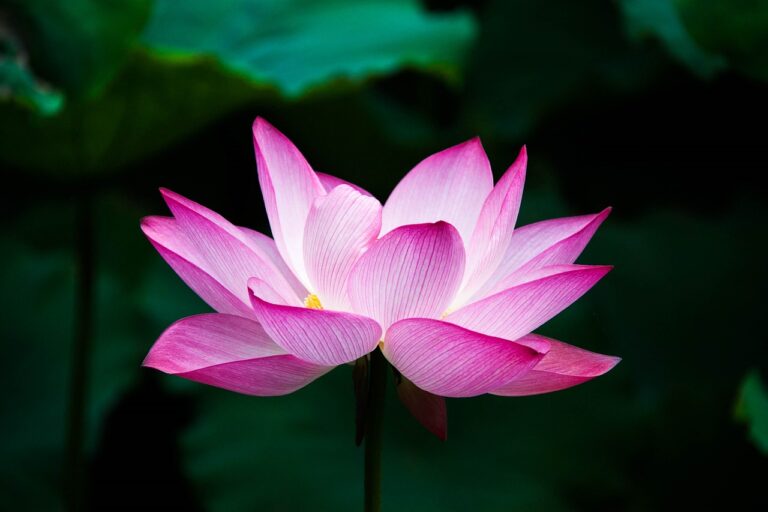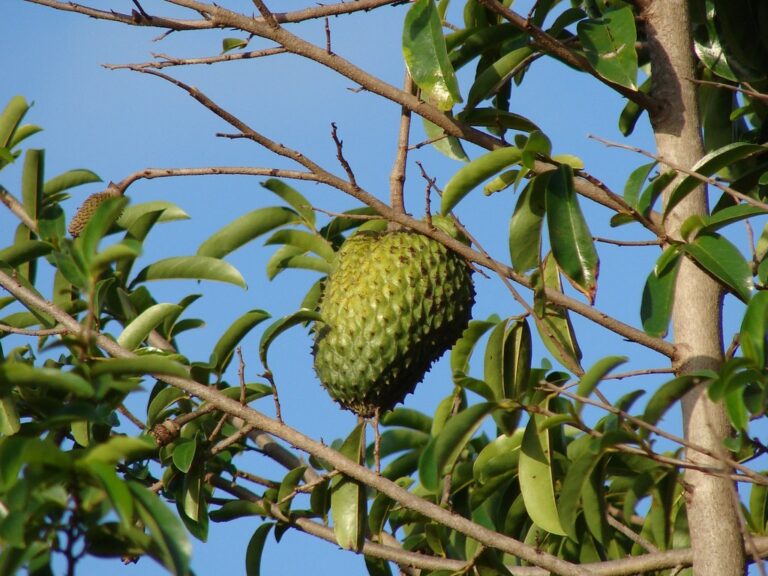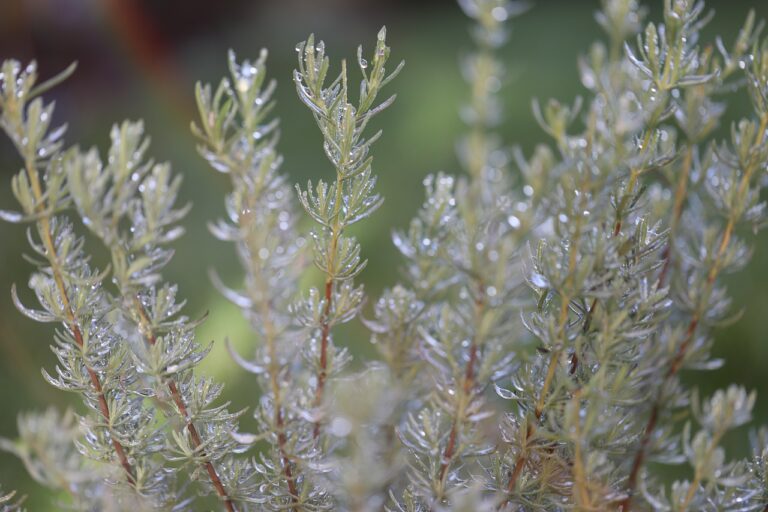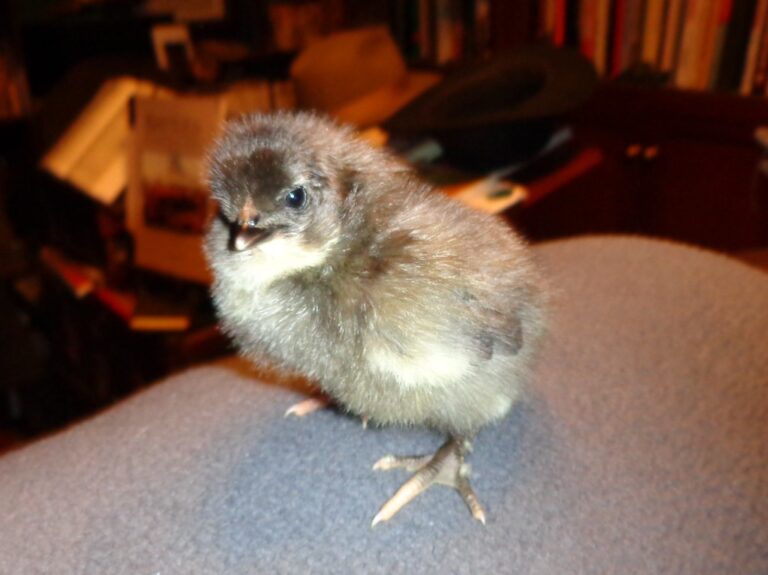Understanding the Ideal Timing for Planting Sunflowers
Are you eager to grow vibrant sunflowers in your garden? Understanding the ideal timing for planting sunflowers is key to ensuring their success. In this article, we will guide you through the sunflower growth cycle and factors that affect planting time. Discover the best soil temperature for sunflowers and learn about regional variations in planting time. We will also share tips for maximum yield and attracting pollinators, as well as extending the blooming season. Let's get started on your sunflower journey!
Understanding the Sunflower Growth Cycle
To understand the sunflower growth cycle, you need to know the stages of its development. Sunflowers go through several key stages, starting from germination to full maturity. It all begins with planting the seeds in well-drained soil, ensuring they receive adequate sunlight and water. The first stage is germination, where the seed absorbs water and sprouts a root and shoot. Next comes the seedling stage, where the plant grows its first set of leaves and starts to establish its root system. As the sunflower continues to grow, it enters the vegetative stage, characterized by the development of more leaves and a stronger stem. Finally, the plant reaches the reproductive stage, where it produces bright yellow flowers that eventually turn into seeds. Understanding these stages will help you care for your sunflowers and ensure their successful growth.
Factors Affecting Sunflower Planting Time
When deciding when to plant sunflowers, consider factors that can impact the optimal timing. One important factor is the average date of the last frost in your area. Sunflowers are sensitive to frost, so it's crucial to plant them after the risk of frost has passed. Another factor to consider is the soil temperature. Sunflowers prefer warm soil, so wait until the soil temperature reaches around 50-55°F before planting. Additionally, sunflowers require a certain amount of daylight to thrive. They need at least 6-8 hours of direct sunlight daily, so choose a planting time when the days are longer. Lastly, consider the specific sunflower variety you are planting. Different varieties have different growth rates and requirements, so consult the seed packet or do some research to determine the best planting time for your chosen variety. By taking these factors into account, you can ensure the optimal timing for planting your sunflowers and set them up for success.
Determining the Best Soil Temperature for Sunflowers
Consider the soil temperature for optimal sunflower planting. When it comes to determining the best soil temperature for sunflowers, it is essential to understand that these plants thrive in warm conditions. Ideally, the soil temperature should be around 55 to 60 degrees Fahrenheit (12 to 15 degrees Celsius) for successful germination and growth. Planting sunflower seeds in soil that is too cold can result in poor germination rates and stunted growth. To ensure the soil has reached the desired temperature, use a soil thermometer to measure it a few inches below the surface. If the temperature falls within the recommended range, it's time to start planting those sunflower seeds. By paying attention to the soil temperature, you can give your sunflowers the best chance at thriving and producing beautiful blooms.
Sunflower Planting Time by Geographic Region
If you want to maximize the success of your sunflower planting, it's important to take into account the optimal planting time based on your geographic region. Sunflowers thrive in warm and sunny conditions, so the timing of planting can greatly affect their growth and development. In general, the best time to plant sunflowers is in the late spring or early summer, when the soil has warmed up and there is no longer a risk of frost. However, the specific planting time can vary depending on your location. If you live in a cooler climate with shorter summers, it's best to wait until the soil has fully warmed up and the threat of frost has passed before sowing your sunflower seeds. On the other hand, if you live in a warmer climate with longer summers, you can start planting sunflowers earlier in the season. By considering the ideal planting time for your geographic region, you can ensure that your sunflowers have the best chance of thriving and producing beautiful blooms.
Sunflower Planting Time for Different Varieties
To ensure successful growth and development of your sunflowers, it is crucial to understand the optimal planting time for different varieties. Sunflower varieties can have varying preferences when it comes to planting time, so it's important to choose the right one for your specific climate and region. Generally, sunflowers can be divided into two main categories: early-season and late-season varieties. Early-season sunflowers are typically planted in early spring when the soil has warmed up and there is no longer a risk of frost. These varieties mature in a shorter time frame, usually around 60 to 80 days. Late-season sunflowers, on the other hand, are planted in late spring or early summer and take longer to mature, usually around 90 to 120 days. By selecting the appropriate variety and planting at the right time, you can maximize the chances of a successful sunflower harvest.
Preparing the Soil for Sunflower Planting
Before planting sunflowers, you should prepare the soil using these simple steps. First, remove any weeds or grass from the area where you plan to plant your sunflowers. This will prevent competition for nutrients and space. Next, loosen the soil using a garden fork or tiller. Sunflowers have deep roots, so it's important to ensure the soil is loose and well-drained. You can also add organic matter, such as compost or well-rotted manure, to improve the soil's fertility and moisture retention. Spread a layer of organic matter over the soil and mix it in thoroughly. Finally, rake the soil to create a smooth and level surface for planting. Following these steps will help create an ideal environment for your sunflowers to thrive.
Tips for Planting Sunflower Seeds
Now that you have prepared the soil, it's time to focus on the essential tips for planting sunflower seeds. Sunflowers are beautiful and vibrant, and with the right techniques, you can ensure a successful growth. First, choose a sunny spot in your garden with well-drained soil. Sunflowers love sunlight! Next, dig a hole about two inches deep and place the seed inside. Make sure to space them at least 6 inches apart to allow room for growth. After planting, gently cover the seeds with soil and water them thoroughly. Remember to water consistently, especially during dry spells. Lastly, be patient and watch your sunflowers grow. With these tips, you'll soon have a garden filled with stunning sunflowers that will bring joy to both you and others.
Sunflower Planting Time for Maximum Yield
For maximum yield, plant your sunflowers at the ideal time to ensure optimal growth and productivity. Sunflowers thrive in warm weather, so it's best to plant them after the danger of frost has passed. The ideal time to plant sunflowers is in late spring or early summer, when the soil temperature has reached at least 50°F (10°C) and the days are consistently warm. This will give the sunflowers enough time to establish strong roots and grow vigorously. Additionally, planting sunflowers during this time will allow them to take full advantage of the long, sunny days of summer, which they need to produce large, vibrant blooms. By planting your sunflowers at the right time, you can maximize your yield and enjoy a bountiful harvest.
Sunflower Planting Time for Pollinator Attraction
When should you plant sunflowers to attract pollinators? To attract pollinators such as bees, butterflies, and hummingbirds, it is crucial to time your sunflower planting just right. The key is to plant your sunflower seeds when the weather is consistently warm, usually in late spring or early summer. This ensures that the flowers will bloom during the peak of pollinator activity. Aim for a soil temperature of at least 50°F (10°C) before planting. Prepare the soil by removing any weeds or debris and adding compost or organic matter for better drainage and fertility. Plant the seeds about 1 inch deep and 6-12 inches apart, depending on the variety. Water the seeds gently after planting and keep the soil consistently moist until the seeds germinate. By planting your sunflowers at the right time, you'll provide a vibrant feast for pollinators, helping them thrive and supporting a healthy ecosystem.
Extending the Sunflower Blooming Season
To prolong the blooming season of your sunflowers, try implementing companion planting techniques. By strategically planting certain flowers and plants alongside your sunflowers, you can extend the period of time in which your garden is filled with vibrant blooms. One effective companion plant for sunflowers is the marigold. Marigolds not only add a pop of color to your garden, but they also attract beneficial insects that help pollinate your sunflowers. Another great companion plant is the zinnia, which blooms for a long time and attracts pollinators as well. Additionally, planting different varieties of sunflowers with staggered bloom times can ensure a continuous display of flowers throughout the season. By incorporating these companion planting techniques, you can enjoy the beauty of sunflowers for an extended period of time.
Conclusion
In conclusion, understanding the ideal timing for planting sunflowers is crucial for achieving maximum yield and attracting pollinators. Factors such as the sunflower growth cycle, soil temperature, geographic region, and variety play a significant role in determining the best time to plant sunflower seeds. By following these guidelines and tips, you can ensure successful sunflower planting and enjoy a beautiful blooming season. Happy planting!






